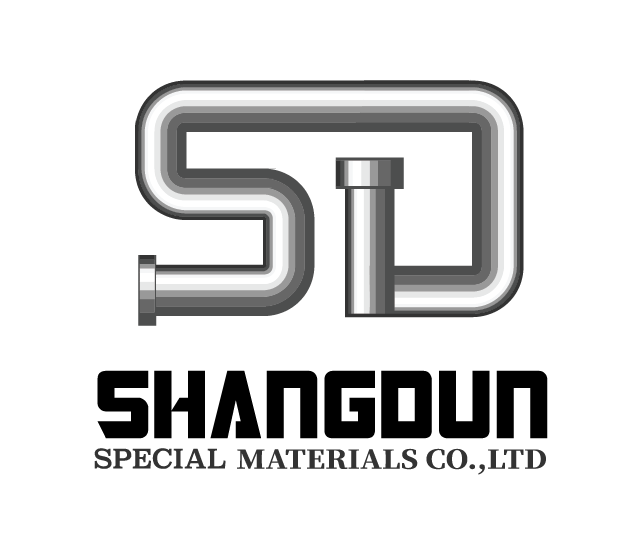-
Overall corrosion of nickel and its corrosion resistant alloys at high temperature F, CI −, HCI, HF, and BrF5 High-temperature fluorine—full corrosion (5)
Fluorine is the most powerful and most active halogen element. Its strongest oxidation potential makes it form compounds with all common elements. This property determines that it can react directly with the metal to form metal fluorides. The properties of the fluoride protective film are directl...Read more -
Corrosion in phosphoric acid—full corrosion (3)
Phosphoric acid is a kind of reducing inorganic acid, also called non-oxidizing acid. Its corrosiveness to the material depends on the type of phosphoric acid. Phosphoric acid and wet-process phosphoric acid are two types of phosphoric acid currently used in industrial applications. The former is...Read more -
Corrosion in nitric acid- full corrosion (1)
The corrosion resistance of nickel-based and iron-nickel-based corrosion resistant alloys in nitric acid depends on the chromium content of the alloy. The higher the chromium content in the alloy, the better the corrosion resistance. G-30 alloy and 690 alloy exhibit the best corrosion resistance ...Read more -
Comprehensive Corrosion of Nickel and Its Corrosion Alloy in Alkaline Solution—full corrosion (2)
In caustic, universal austenitic stainless steels can only be used below 100oC in concentrations below 50%. Nickel and its corrosion resistant alloys exhibit excellent resistance to caustic alkali corrosion, and the corrosion resistance of the alloy increases as the nickel content increases. Prac...Read more -
Corrosion of nickel, nickel-base and iron-nickel base corrosion resistant alloys in HF acid
HF acid is a reductive inorganic acid widely used in chemical processing. The industrially applicable HF acid concentration ranges from 30% to 70% HF aqueous solution and anhydrous HF. Although chemically classified, HF acid is a weak acid relative to hydrochloric acid and sulfuric acid, but its ...Read more -
Overall corrosion
Full corrosion can occur in acids, salts, aqueous alkalis, and some corrosive gases. When the composition of the alloy is confirmed, the two dominant factors affecting its overall corrosion resistance are material and environmental effects. Material factors are heat treatment and thermal history,...Read more -
In hydrochloric acid — Corrosion of nickel, nickel-base and iron-nickel base corrosion resistant alloys in acid solution
Hydrochloric acid is one of the most aggressive corrosive reducing acids, and its corrosion to metal materials was a major technical problem that the corrosion resistant structure was difficult to solve. The corrosion rate of industrial pure nickel 200,201 and nickel-copper alloy Monel 400 in roo...Read more -
A variety of corrosion characteristics
Corrosion in general: In corrosive environments, bare metal surfaces are uniformly thinned by chemical and electrochemical reactions, also known as uniform corrosion, often at the corrosion rate g / m².h or the corrosion rate mm / a to determine the alloy’s Corrosion resistance. Local corro...Read more -
General Corrosion of nickel based alloys
In the case of a large amount of Cr, Mo, W and other alloying elements, high contain nickel alloys can still maintain the austenitic structure, it is still austenitic alloy easy forming, easy welding, etc., which is widely favored by this alloy The main reason. In the iron-based austenitic stainl...Read more -
Stainless steel processing technology
Stainless steel processing technology refers to the performance of stainless steel with stainless steel shear, folding, bending, welding and other mechanical processing of the final production of stainless steel products needed for the process, in the process of stainless steel processing with a ...Read more -
Stainless steel pickling passivation principle
Stainless steel corrosion resistance can be mainly due to the surface covered with a layer of very thin (about 1nm) dense passivation film, the film 1n corrosion medium isolation, stainless steel protection is the basic barrier. Stainless steel passivation has a dynamic character and should not b...Read more -
The need for pickling and passivation of stainless steel:
Austenitic stainless steel has good corrosion resistance, high temperature oxidation resistance, good low temperature performance and excellent mechanical properties plus r Health. Therefore widely used in chemical, petroleum, power, nuclear engineering, aerospace, marine, pharmaceutical, light i...Read more -
Electrolytic process characteristics
Electrolytic processing is the use of metal in the electrolyte occurs in the principle of electrochemical anodic dissolution of the workpiece forming a special processing method. Processing, the workpiece connected to the positive DC power supply, the tool connected to the negative pole, maintain...Read more -
What is stainless steel?
In metallurgy,stainless steel is inox steel with a minimum of 10.5% chromium contents by mass.It have corrosion resistance and is wisely used by many applications. There are various grade and surfaces finishes of stainless steel to suit the environment the alloy must endure. Stainless steel diffe...Read more




